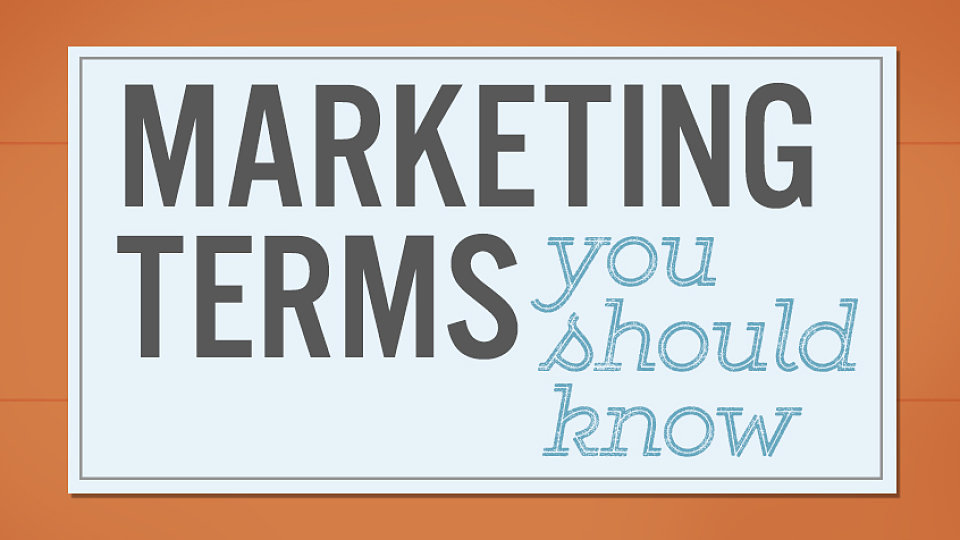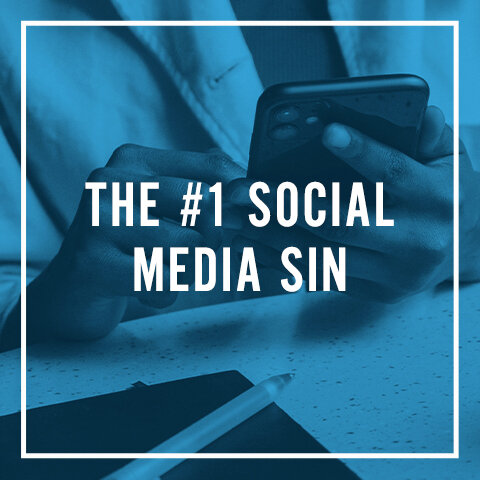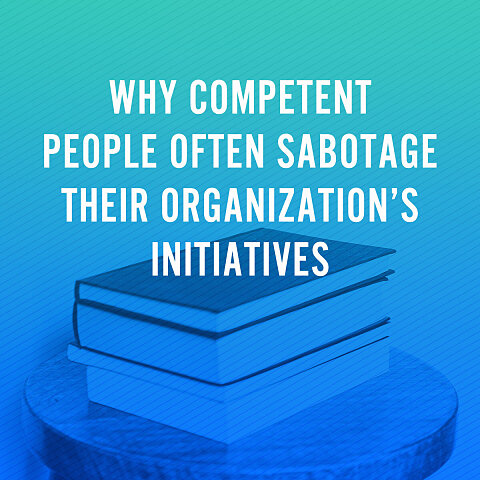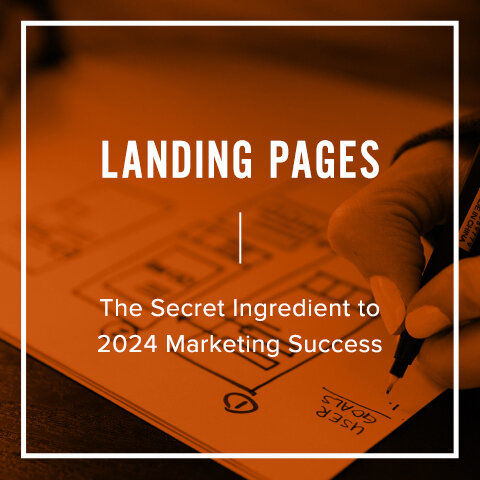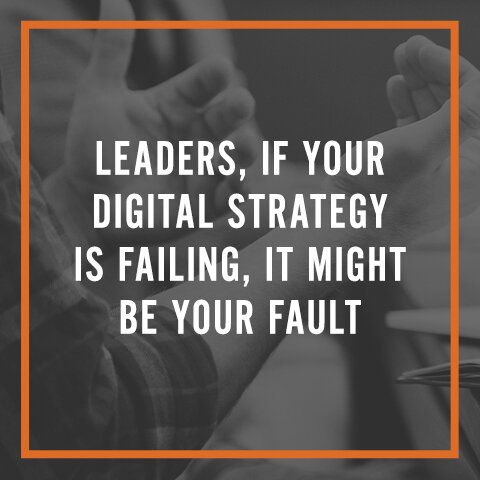The Marketing Terms Glossary You Need
By Kristen Shoates
If you hang around our office for any amount of time, you’re likely to hear lots of jargon thrown around – words that are so much a part of our everyday jobs as marketers that we often forget that they represent a language of our own. Terms like “PPC” and “workflow” and “automation” are so commonplace that we fail to step back and remember that the rest of the world doesn’t get their kicks by measuring lead generation and conversions (yes, we’re a bunch of nerds).
It’s not until the clients we serve have to ask “wait, what exactly are you talking about?” that we get a reality check on just how deep our marketing-ese runs. So in the spirit of understanding, we’re sharing 26 of our favorite terms in our first ever marketing terms glossary that will have you speaking marketing like a pro in no time. More than just a vocab lesson, these are all tools and tactics that really work! So read up and then put them to work – because “results” is a word we can all get behind!
Target Audience: a particular group at which your marketing campaigns are aimed. Target audiences can be defined by demographics (age, location, etc.), interests, behavior, lifestyle, other emotional factors (thoughts, beliefs, etc.) or complex combinations of these qualities. Many brands reach more than one target audience.
Landing Page: a webpage that serves as a point of entry for an audience – typically accessed via an ad or other campaign, and often designed to provide introductory information or capture a lead before sending users to the full website. Unlike a microsite, it is typically part of the main website.
Microsite: a webpage or small website that lives outside of the main company URL/website, typically possessing a unique identity and purpose. These are often used for campaigns, launches, new products or content hubs.
Conversion: when an audience member takes a desired action. What determines conversion depends on the goal of the campaign; this could include actions such as visiting a website, downloading a piece of content, filling out a form or purchasing a product or service.
Website Traffic: the number of visitors to your website in a given time period.
Organic Traffic: website traffic that is generated through a user search on a search engine. This is one of the most desirable forms of traffic because it often represents a new audience discovering your brand through online search.
Paid Traffic: website traffic as a result of paid advertising. For example, someone clicking to your site from a Facebook ad would count as paid traffic.
Direct Traffic: website traffic as a result of someone directly entering your URL into their browser and visiting your site.
Referral Traffic: website traffic as a result of a click or referral from another website.
SEO: stands for “Search Engine Optimization”. This is the process of optimizing the website’s content to be found by search engines, so that people who are searching for information and solutions can more easily find your site – increasing your organic traffic.
SERP: stands for “Search Engine Results Page”. This is the list of results provided by a search engine after a search is made. Being in the first five results on the first SERP page is critical to being found online.
Keyword: a word or phrase that audiences might use to search for relevant topics on search engines.
Impressions: the number of times an ad is delivered to an audience. This typically refers to total impressions and may include multiple views of the ad by the same person. “Unique impressions” refers to the total number of unique people who saw the ad.
CPT: stands for “Cost Per Thousand”. This is a method of pricing digital advertising in which customers purchase impressions in intervals of 1,000.
Open Rate: the percentage of your total list that opens an email.
CTR: stands for “Click-Through Rate”; indicates the percentage of people who clicked on a link. This could be the percentage of people who clicked after viewing an ad or opening an email.
PPC Advertising: stands for “Pay-per-click advertising”, an online model of advertising in which the advertiser pays when an ad is clicked. This is a common format for Google AdWords and Facebook ads.
CPC: stands for “Cost Per Click”. In pay-per-click advertising, this refers to the cost when a user clicks on your ad. CPC can vary by timing, audience and keywords targeted.
Lookalike Audience: a Facebook advertising feature which allows you to upload a list of your current customers and find new audiences that share similar demographics, interests or behaviors.
Lead Generation: the process of initiating consumer interest in a good or service; this can be done through various forms of campaigns, including advertising and content marketing. Strong lead generation campaigns should also be set up for lead capture –collecting contact information of interested consumers so that your brand can continue to market to them until they convert.
Content Marketing: distributing valuable, relevant, and consistent content to attract and retain a clearly-defined audience — and, ultimately, to drive profitable customer action. (definition via The Content Marketing Institute)
Gated Content: content – whether a white paper, article, download, audio or video – that requires a user to fill out a form in order to access it. Though it is typically free, most gated content requires the user to submit at least a name and email address to access it. This is a helpful tool in lead generation.
Premium Content: content that is typically paid or requires a fee to access it. It is more substantial and desirable than free content. This can include e-books, video courses, substantial white papers, etc.
Marketing Automation: using software and technology to automatically post, email, communicate, manage customer relationships, measure and perform other repetitive marketing tasks. Automation reduces the time involved in certain marketing efforts and can result in more personalized communications. Examples of automation could include scheduling social media posts ahead of time or setting up an email to automatically be sent on a customer’s birthday.
Onboarding: the process of welcoming new audiences to an organization and providing them with introductory information, next steps, special offers or other details to help bring them “into the fold”.
Email Workflow: a series of sequential, automated emails triggered by a customer action such as signing up for a list. These are typically used to onboard new leads, cultivate leads, convert leads into customers or follow up with customers.
